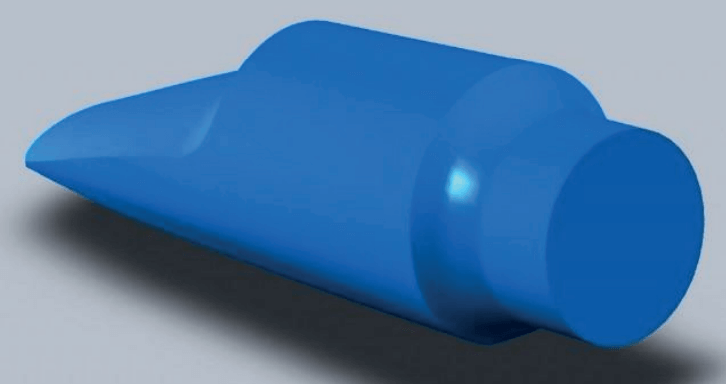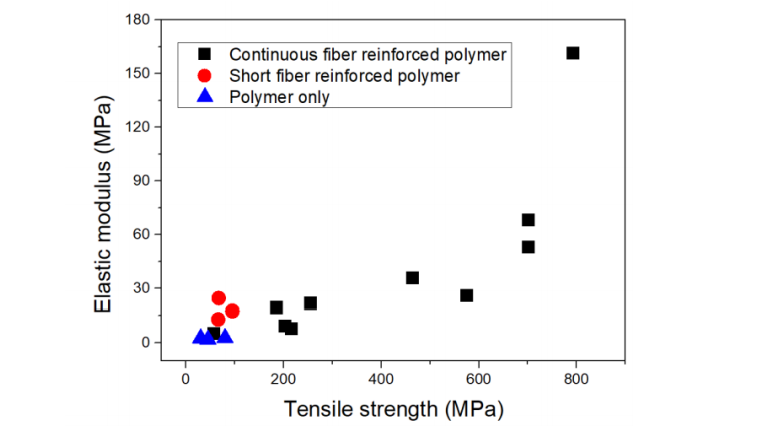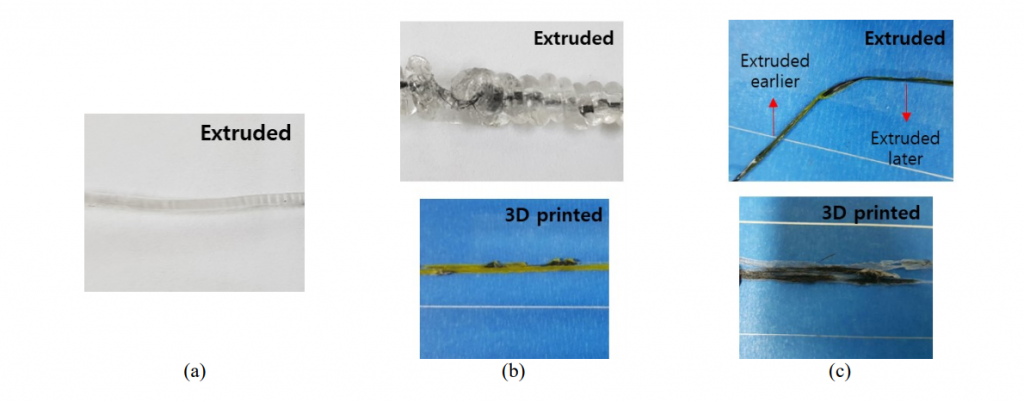In ‘Digital Fabrication: 3D Printing in Preschool Education,’ Federico Avanzini, Adriano Baratè, and Luca A. Ludovico explore the connection between 3D printing and the classroom through preschool music lessons. While music lessons act as the vehicle to show the level of educational value, the researchers use it to present a rich example, beginning by pointing out how important music education is to preschoolers—and featured in numerous research studies previously.
There are links found between better spatial-temporal reasoning, along with early reading skills. Other recent studies have shown that preschool children have ‘implicit harmonic knowledge’ with broad potential. The authors examine cognition, and especially as it is derived from the sensorimotor function—with preschoolers offering ‘paradigmatic examples.’ Smaller children learn through ‘perception-action in the environment,’ along with enjoying information arrived at from other senses too.
“It is often difficult to distinguish between exploration and play: during the sensory-motor development, very young children need to explore first to be able then to proceed to playful behavior, which is one of the most important activities for their development; by playing, children start to explore the world and to acquire and master new skills which can be vital for them,” explain the authors, along with reminding us of the importance of ‘open-ended’ nature in interactions, as kids are able to create new ways to play with an object—delighting in their discoveries.
While 3D printing has much to offer, preschoolers tend to lack the required modeling skills for creating parts and prototypes. Today, there are numerous different software programs developed precisely for preschoolers, allowing them to design and fabricate small items. In designing a 3D printing education, however, the authors realized some complications due to accessibility and affordability, along with space for hardware to be kept. They were also concerned that lack of suitable materials could be an obstacle too.

A raw 3D model of a mouthpiece
“Nevertheless, 3D printing offers relevant opportunities of young music learners, allowing them to build low-cost and customizable didactic objects,” state the researchers.
Providing a library of models is helpful to preschoolers—along with some designs they can begin customizing. Simple models can also be a great way for parents and new tutors or teachers to learn about 3D design and 3D printing. Examples might include everything from sounding objects to actual instruments. There may be percussion toy instruments, miniature xylophones, marimbas, and more.

3D models of musical instruments obtained by the extrusion of 2D shapes
“Even if a scaled model of a complex musical instrument can be hard to find, simplified 3D shapes can be easily obtained by extruding 2D contours without affecting the efficacy of the didactic experience,” stated the researchers. “Besides, 3D-printed objects can foster an early learning of organology, i.e. the science of musical instruments and their classification, including technical aspects of how instruments produce sound.”

The corresponding printed objects
Kids may also be drawn to more alternative educational fun like 3D printing action figures playing their instruments together. Such models could be challenging to find, but they encourage children to enjoy role models playing music, and especially in 3D printed or figurine form. Scale models and figures can be easily re-sized in 3D printing, and different materials can also change the way an item looks significantly.
They also included a case study regarding common western notation (CWN), a method for encoding notated music, as well as the concept of the piano-roll model where details like pitch and timbre are linked to 2D geometric shapes and more. 3D printed solid blocks can be created and placed on a baseplate. Ready-made blocks should help children link shapes to music parameters.
The role of the teacher/tutor is key as they assist in 3D design and 3D printing, guiding the young users, and challenging them to learn.
“Examples of didactic activities may include the recognition of musical instruments and their subparts, the exploration of sound generation techniques, the design and fabrication of sounding objects, and the investigation of alternative forms of music notation,” said the authors.
“For future work, we are planning to further investigate these proposals and implement them as learning practices to be experimented and assessed in preschool and out-of-classroom contexts.”
The momentum 3D printing has in education today is fascinating—not only due to the enthusiasm obviously experienced within the classroom, from innovations being created like prosthetics to online learning for 3D metal printing, to vocational schools engaged in SLS printing.
What do you think of this news? Let us know your thoughts! Join the discussion of this and other 3D printing topics at 3DPrintBoard.com.
[Source / Images: ‘Digital Fabrication: 3D Printing in Preschool Education’]
The post 3D Printing Strikes A Chord in Preschooler Music Education appeared first on 3DPrint.com | The Voice of 3D Printing / Additive Manufacturing.











